[Citroën sports cars]: The Citroën BX Sport, when the family sedan showed its muscles
- Jérémy

- Aug 13
- 4 min read
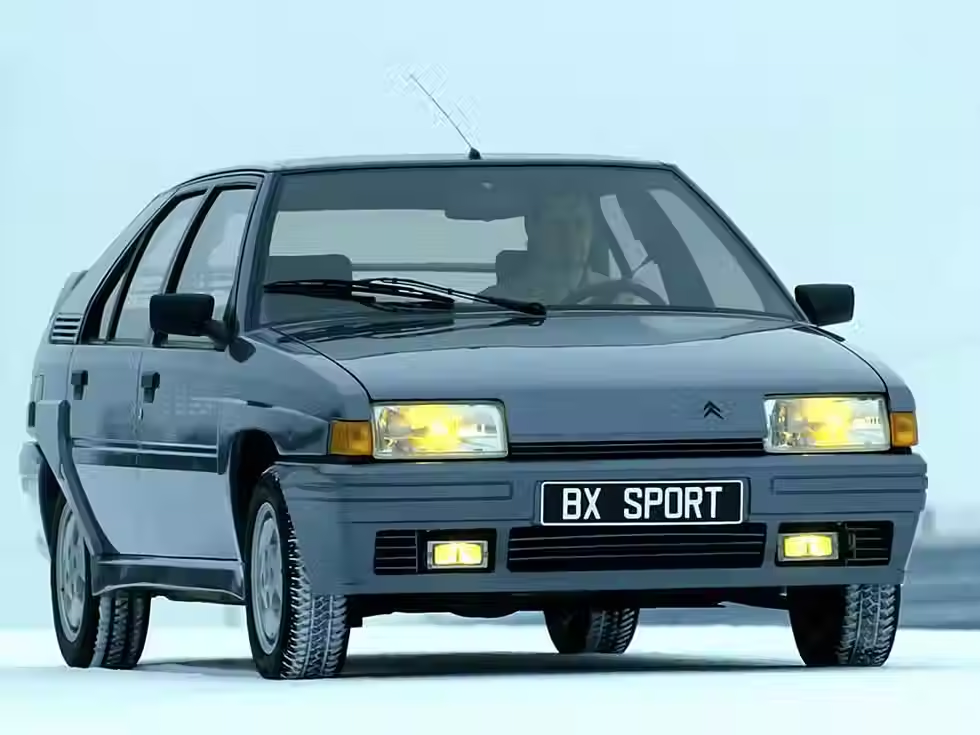
Welcome to the second installment of our new series, "Citroën's Sporting Legends," dedicated to the models that added a touch of spice to the Chevron brand. Today, we delve into a car that left a lasting mark and symbolizes an entire era: the iconic Citroën BX Sport. When it was unveiled in 1982, the BX was initially celebrated for its bold Bertone design and supreme comfort, but its early engines were decidedly conventional. Everything changed in 1985. Driven by fierce ambition, Citroën decided to enter the premier class of the World Rally Championship, the legendary Group B, with its spectacular BX 4TC. To homologate this racing beast, a high-performance production model was essential. Thus, the BX Sport was born, a version that would permanently reshape the image of this family saloon.
From family saloon to road-going racer: the genesis of the BX Sport
In the mid-1980s, the automotive market was buzzing with the excitement of hot hatches, the famous "GTIs." For Citroën, it became imperative to offer a credible response to avoid ceding ground to its competitors, particularly its cousin, the Peugeot 205 GTI. The homologation program for the Group B BX 4TC provided the perfect catalyst for developing a more muscular version of its successful saloon. The objective was clear: to retain the inherent qualities of the BX, such as its exceptional comfort thanks to the hydropneumatic suspension, while injecting a massive dose of sportiness.
For the powertrain, Citroën's engineers didn't start from scratch. They took the 1905cc engine from the BX 19 GT and entrusted it to the expert hands of the renowned tuning firm, Danielson. The work was extensive: the cylinder head was completely re-engineered to accommodate larger valves, the camshafts were given a more aggressive profile, and most importantly, the single carburetor was replaced by two twin-choke Solex 40 ADDHE carburetors. Thanks to this competition-level preparation, power climbed from 105 to 126 DIN horsepower, a very respectable figure for the time. Its generous torque provided strong acceleration, making the BX Sport both a high-performance and versatile car.
The styling was not overlooked; in fact, it was a major focus. Citroën collaborated with the coachbuilder Heuliez to design a specific body kit that transfigured the BX's silhouette. The car became more aggressive with flared wheel arches, side skirts, a redesigned front bumper, and a rear spoiler. The distinctive alloy wheels and available color schemes (the famous Vallelunga Red, Pearl Grey, or Black) completed an aesthetic that was impossible to ignore. Inside, the atmosphere was also made sportier with more supportive seats featuring a unique chevron pattern, a sports steering wheel, and a comprehensive dashboard, reminding the driver they were not behind the wheel of an ordinary BX.
A commercial success that became a modern classic phenomenon
Initially, production of the Citroën BX Sport was planned as a limited run of 2,500 units, the number required for racing homologation. However, the public reception was so overwhelmingly positive that the brand decided to extend production. Faced with persistent demand, a second series was launched, bringing the total number of units produced to 7,500 between 1985 and 1987. A majority of this production was sold in the French market, making it a relatively common sight on the roads at the time. Today, the situation has changed dramatically. Many of these models have disappeared, falling victim to rust, accidents, or scrappage schemes. Finding a well-preserved example has now become a true challenge for enthusiasts.
This rarity, combined with its performance and unique history, explains the passionate following it commands today. The BX Sport has become a true icon on the "youngtimer" or "modern classic" scene, a movement celebrating cars from the 1980s and 1990s. It represents a turning point for Citroën, a period when the brand dared to challenge its own image. While the standard BX long held a reputation as a "dad's car"—comfortable but soulless—the Sport version forcefully contradicts this cliché. It proves that hydropneumatic technology could be perfectly paired with a fiery temperament. Collectors and enthusiasts are taking note: its value is steadily increasing, and it is highly sought after for its unique character, exuberant looks, and the authentic driving sensations it delivers.
In conclusion, it is impossible to overstate the importance of the BX in Citroën's history. It was a massive commercial success, with over 2.3 million units sold, playing a pivotal role in the survival and consolidation of the PSA Group, much like the Peugeot 205. Long neglected, even mocked after its production ended, the BX has been experiencing a spectacular comeback for several years. This revival is largely driven by the modern classic wave, and the BX Sport is its most flamboyant standard-bearer. It acts as a true halo car, its exciting image reflecting positively on the entire model range and reminding everyone that beneath its practical and innovative exterior, the BX could also hide the soul of a sports car. More than just a trim level, the BX Sport is a symbol of an era when Citroën was not afraid to surprise and to stir the passions of driving enthusiasts.



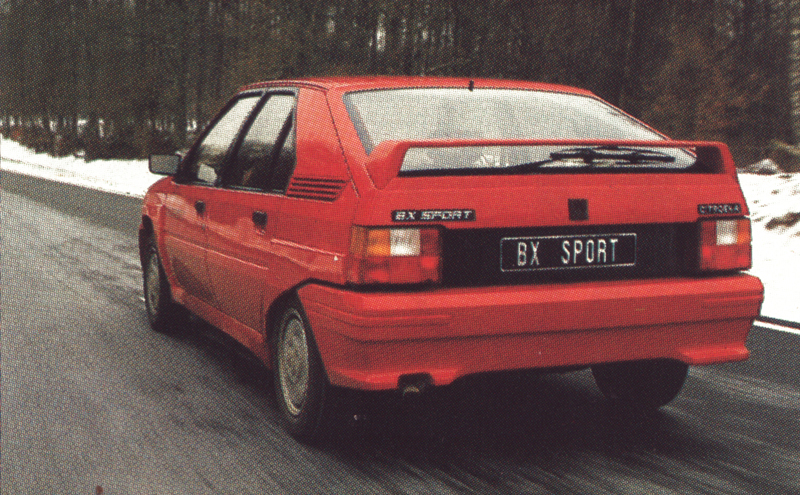
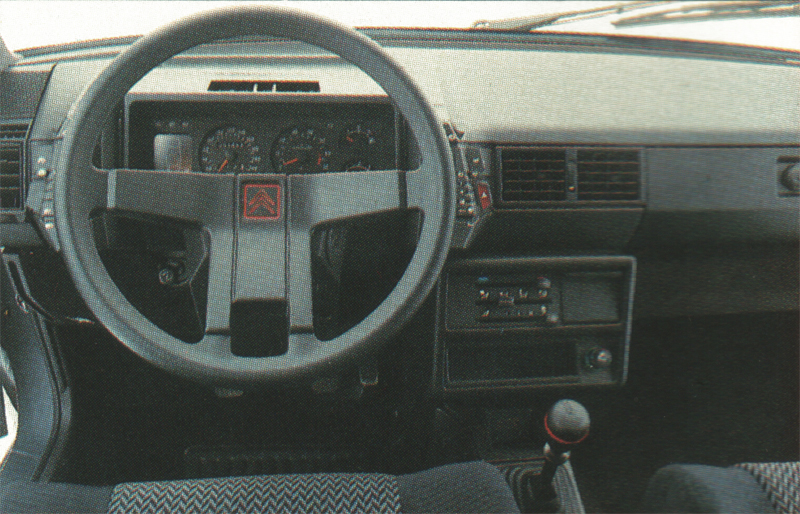
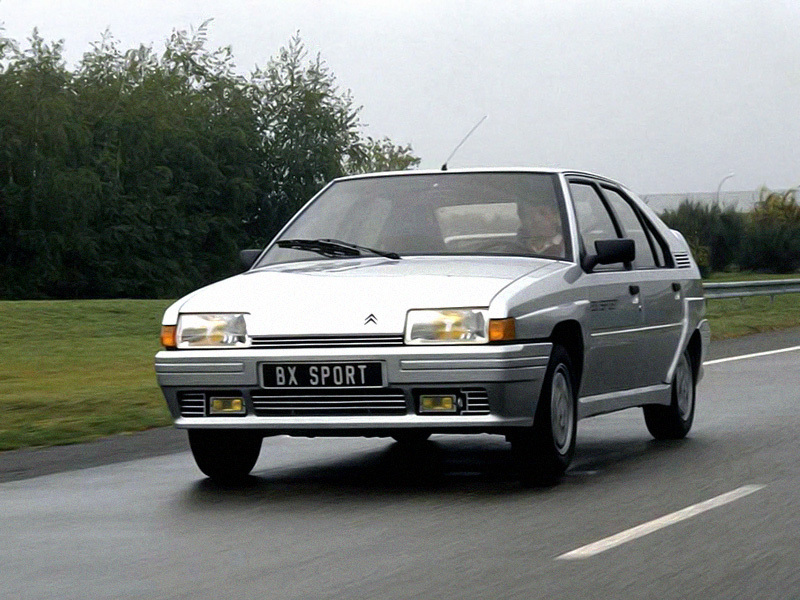
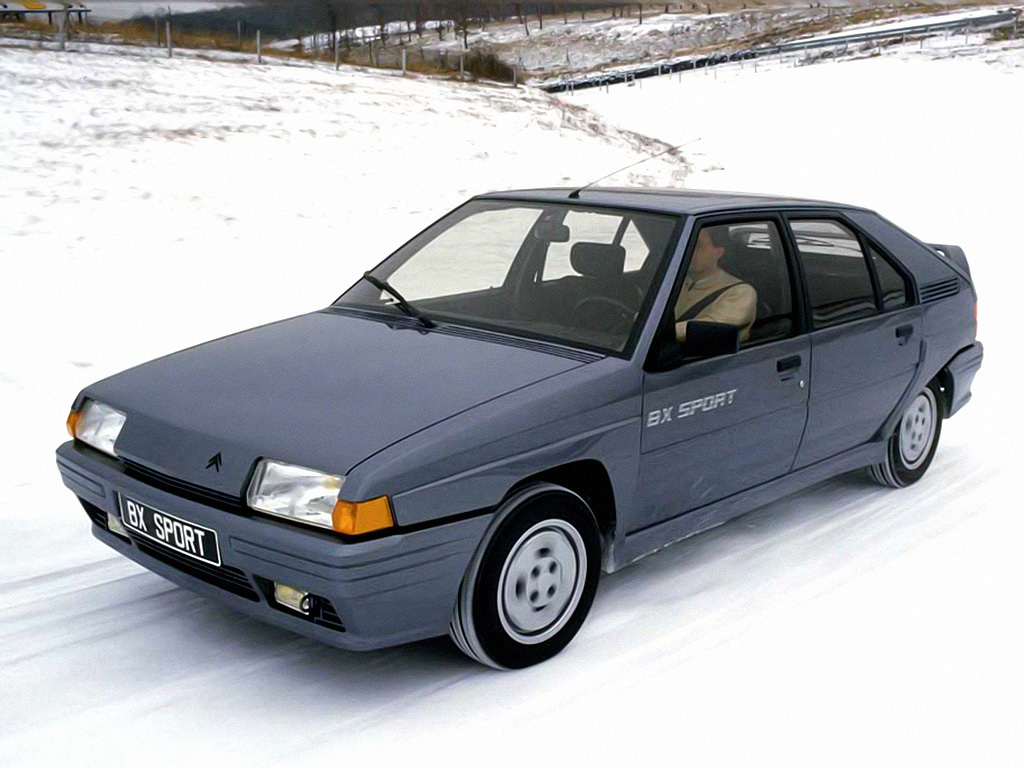
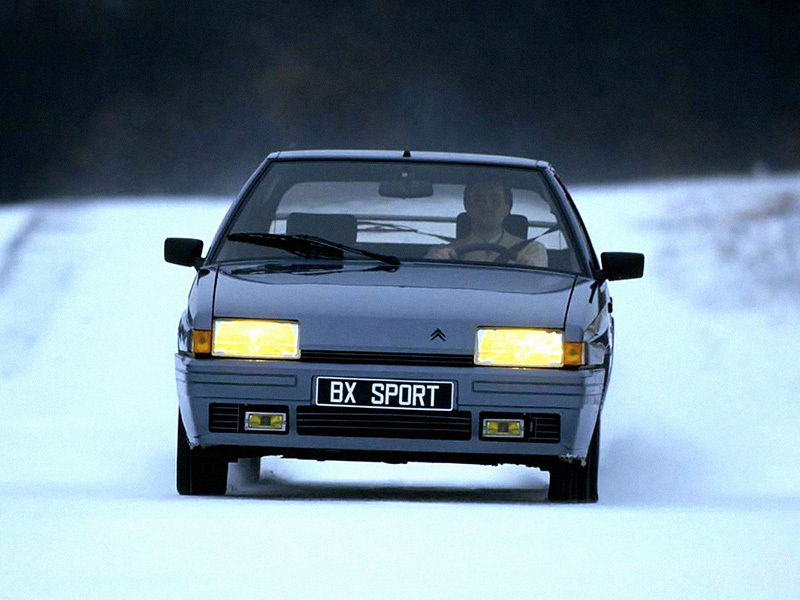





Comments